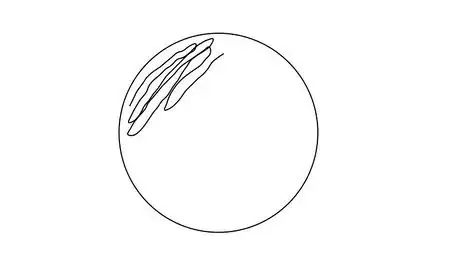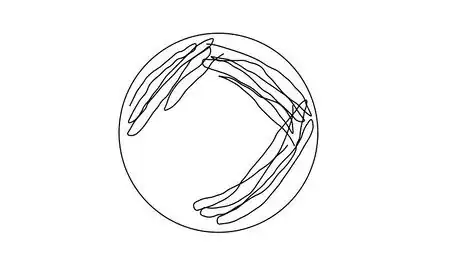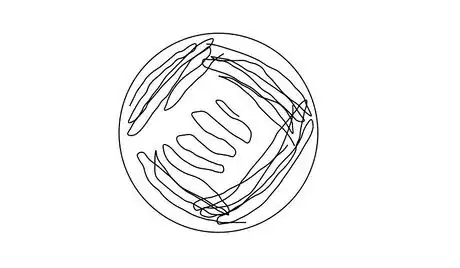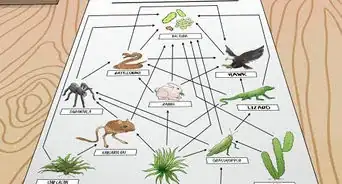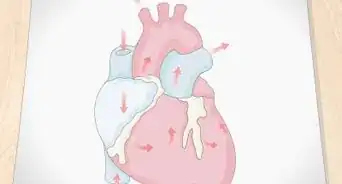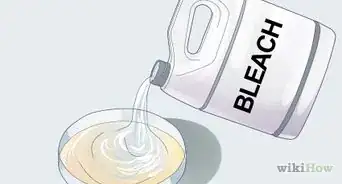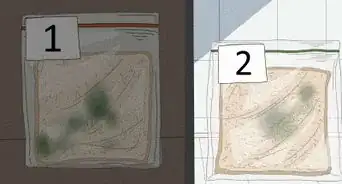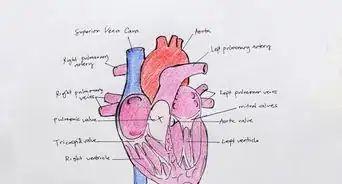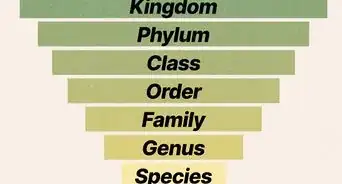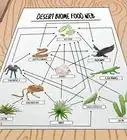X
wikiHow is a “wiki,” similar to Wikipedia, which means that many of our articles are co-written by multiple authors. To create this article, volunteer authors worked to edit and improve it over time.
This article has been viewed 4,688 times.
Learn more...
The purpose of this tutorial is to properly explain how to quadrant streak a microbiology agar plate for isolation. Quadrant streaking is one of the most important skills for microbiologists to learn. It is used routinely in microbiology lab departments and is usually one of the first skills taught to technicians. This method enhances the isolated growth of different types of microorganism colonies which makes it easier for scientists to identify the species.
Steps
Part 1
Part 1 of 3:
Organize All of Your Materials
-
1Arrange your materials so that they are nearby. This includes your sample plate, new plate, inoculating loops, and incinerator or Bunsen burner. Metal inoculating loops should be used, not plastic. Make sure that you working on a non-flammable and non-porous surface.
-
2Label your new plate. The label should be written on the bottom dish, which is the smaller piece that contains the agar. It should include your name, the date, and the sample source. The label should be near the edge so as to not obscure any growth in the middle.Advertisement
-
3Turn on your heat source. If you are using an incinerator, turn it on and let it warm up for a few minutes before proceeding to the next step. If you are using a Bunsen burner, light it and immediately proceed to the next step.
Advertisement
Part 2
Part 2 of 3:
Prepare for Your Sample
-
1Sterilize the inoculating loop.Hold the loop tip in the incinerator or in the flame for about 6 seconds. Let the loop tip cool for 6 seconds without touching it. Touch the tip to a clean piece of agar to ensure it is cooled properly. If it is not, you will hear a sizzling sound.
-
2Pick up your sample. Open the sample plate while ensuring that no liquid drips out and nothing touches the surface of the plate.
- Touch the top part of the loop to the source bacterial colony. Look for small isolated colonies if possible. Avoid touching the entire circle to the sample, only a small amount is needed.
Advertisement
Part 3
Part 3 of 3:
Inoculate the New Plate
-
1Streak the first quadrant. On one side of the agar, rub the inoculating loop tip in a zigzag pattern about 2 inches wide. This is the first quadrant. Re-sterilize the inoculating loop and let it cool.
-
2Streak the second quadrant. Touch the tip of the loop to the edge of the first quadrant and drag it in a zigzag pattern to the right. This second quadrant should also be about 2 inches wide. Re-sterilize the inoculating loop and let it cool.
-
3Streak the third quadrant. Touch the tip of the loop to the edge of the second quadrant and drag it in a zigzag pattern to the right. This third quadrant should also be about 2 inches wide. Re-sterilize the inoculating loop and let it cool.
-
4Streak the fourth quadrant. Touch the tip of the loop to the edge of the first quadrant and drag it in a zigzag pattern down the middle without touching the first or second quadrants. This should fill the rest of the non-inoculated agar to form the fourth and final quadrant.[1]
Advertisement
Warnings
- Proper PPE should be worn the entire time when working with bacterial samples. This includes a lab coat, gloves, and safety glasses or goggles. Any long hair should be tied back so it is out of the way. Closed toed shoes and long pants should be worn while in the lab.[2]⧼thumbs_response⧽
- Certain sample types require different precautions. This article is only intended for use with biosafety level 1 bacterial colonies. Bacterial samples within biosafety levels 2-4, fungal colonies, and other select agents should not be used with this tutorial. Follow all lab safety guidelines at your location.[3]⧼thumbs_response⧽
Advertisement
Things You’ll Need
- Microbiology incinerator or Bunsen burner
- Metal microbiology inoculating loops
- Pre-inoculated bacterial sample plate
- Fresh agar plate
- Black permanent marker
References
- ↑ https://www.umsl.edu/microbes/files/pdfs/streakplates.pdf
- ↑ https://bio.libretexts.org/Courses/North_Carolina_State_University/MB352_General_Microbiology_Laboratory_2021_(Lee)/01%3A_Laboratory_Safety/1.02%3A_Biosafety_levels_and_PPE
- ↑ https://www.phe.gov/s3/BioriskManagement/biosafety/Pages/Biosafety-Levels.aspx
About This Article
Advertisement
-Step-1.webp)
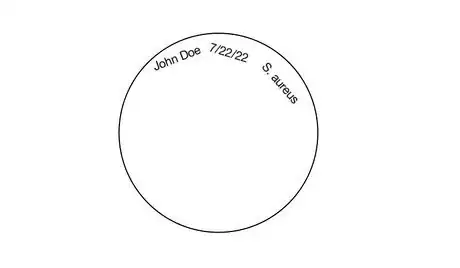
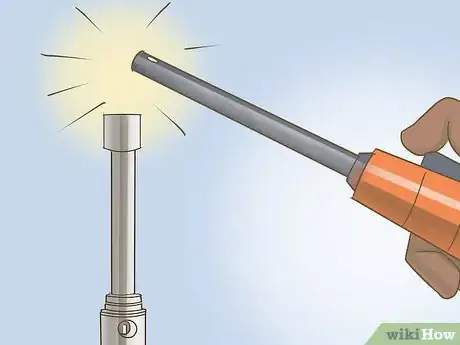
-Step-5.webp)
-Step-13.webp)
